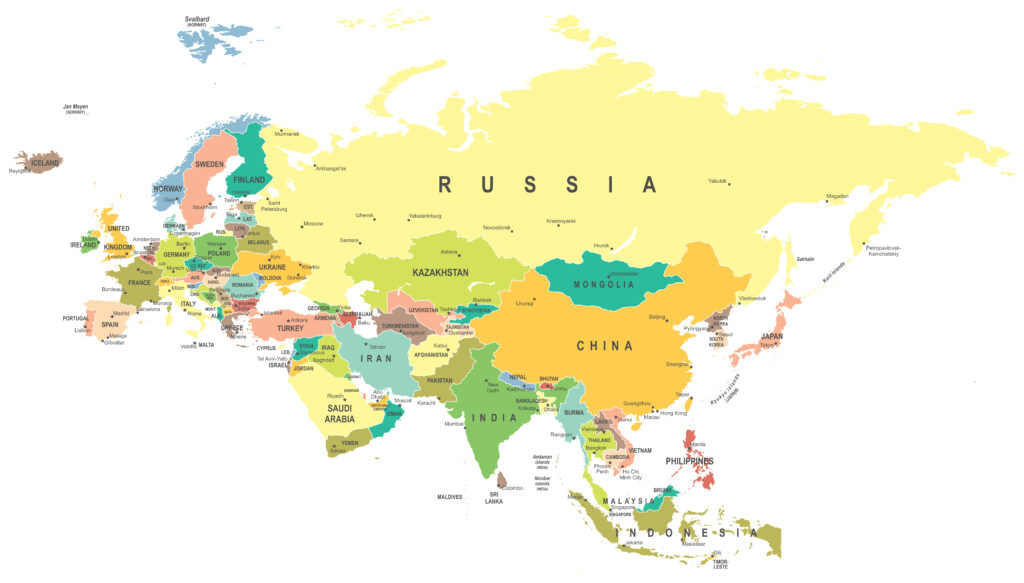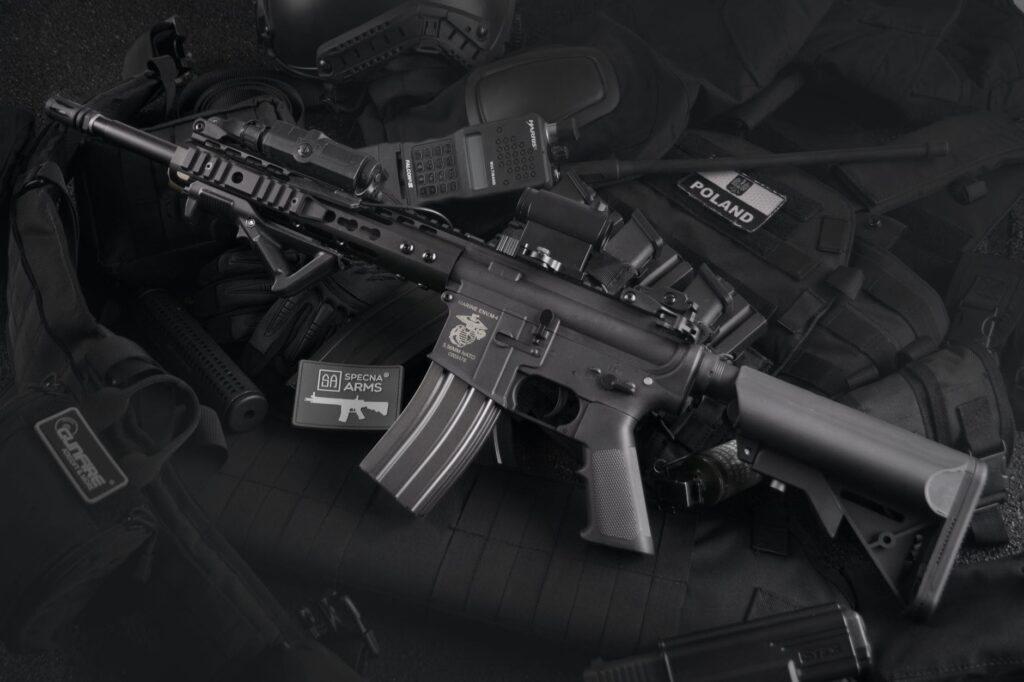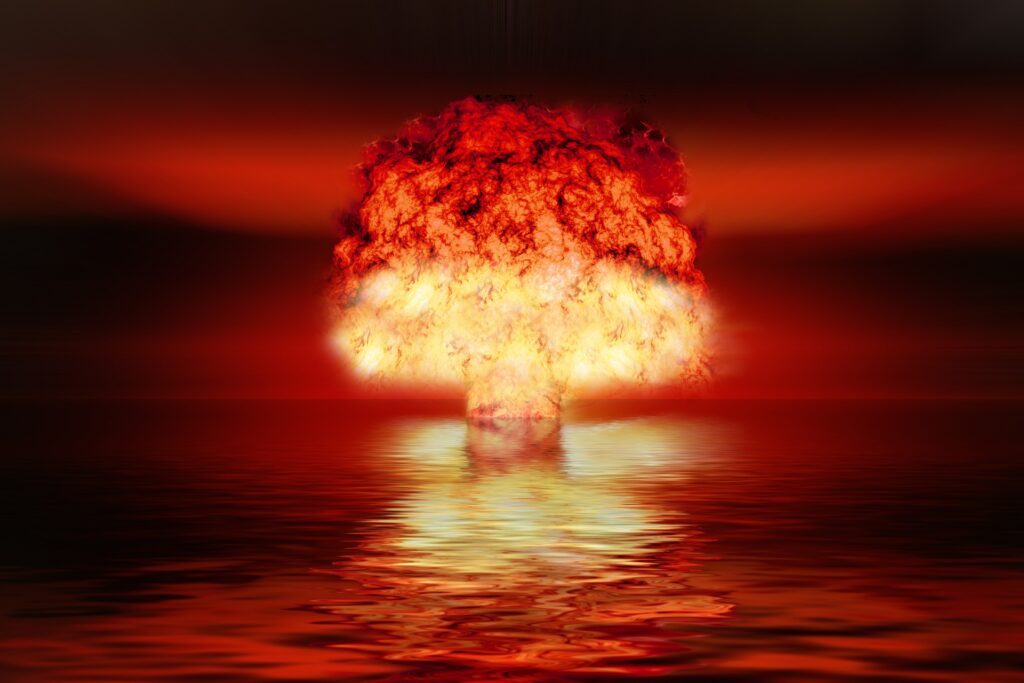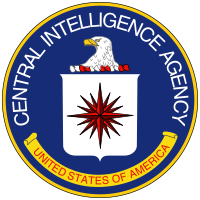
By Lt. Col. Daniel Davis, 1945, 8/2/23
This is the final chapter of a four-part series providing a balanced analysis of the good, the bad, and the ugly of Russia’s military performance since it invaded Ukraine in February 2022. The last installment looked at “the bad” in the tactical record of the Russian armed forces. This final assessment considers “the ugly” performance of Russian’s senior leadership, which if not corrected could prove to be Russia’s undoing.
As detailed in the previous article, Russia built a Potemkin military in the decade prior to the invasion, and the strategy it chose to conduct the invasion was deeply flawed. The two men responsible for building that fragile army and designing the invasion plans were Minister of Defense Sergei Shoigu and Chief of Staff of the Russian Armed Forces Gen. Valery Gerasimov. Both men rose to power in 2012.
When the army Russian President Vladimir Putin thought he had built over the past decade was exposed as a hollow shell, and after the strategy for the invasion imploded, one might have expected Putin to fire these two men. Yet they never faced discipline or demotion. Both remain firmly in place – and since February 2022, they have remained at the center of controversy.
Failure to Prepare for Ukraine’s 2022 Fall Offensives
After the initial invasion plan fell apart, and it became clear that an insufficient number of inadequately prepared troops could not accomplish the Kremlin’s objectives, Russian leaders ordered the withdrawal of tens of thousands of Russian mechanized troops north of Kyiv and Kharkiv. These troops redeployed toward the Kremlin’s main effort, the Donbas region. Given the situation, this was the best move in a basket of bad options.
The Russian army did recover from its disastrous opening round, and through the early summer of 2022 it successfully captured the key cities of Mariupol, Severodonetsk, and Lysychansk. But by early July, the Russian army ran out of steam and effectively stopped its westward drives. The Ukrainian command, meanwhile, sacrificed thousands of its troops and conscripts to slow and then stop the Russian drive westward while building up two offensive formations. Russia knew about one of these, in Kherson Oblast, but the formation in the Kharkiv region escaped Gerasimov’s notice.
While Russian troops were licking their wounds and resting from the summer offensive in the Donbas, they were busy preparing in Kherson for Ukraine’s widely publicized offensive. Initially, Russia’s preparation proved effective, as the Ukrainian Armed Forces made little headway and suffered enormous casualties.
But while Russia myopically focused on Kherson, Ukrainian Armed Forces Commander Gen. Valeriy Zaluzhnyi pulled off the biggest surprise of the war. Zaluzhnyi covertly assembled a large attack force in the Kherson region and unleashed an offensive for which Russian forces in the north were completely unprepared.
That lack of preparedness was yet another failure of Russia’s top commanders. When Russian forces redeployed the bulk of their forces from the northern part of the country in April and May, they left what amounted to a token force to cover tens of thousands of square kilometers. Russian troops there were outnumbered eight to one, but even that doesn’t explain the true discrepancy.
A New York Times investigation into the battle revealed that to defend the vast expanse in Northern Ukraine, Russia’s high command had “relied on bedraggled backup forces, many of them separatist fighters from Ukraine’s long conflict in its divided east, to hold territory as the regular Russian army fought hundreds of miles away.”
The Russian commanding generals should never have left so much territory to so few and untrained men. Even then, they should have ordered them to build hasty defensive positions and given them the resources to do the job. Otherwise, they should have reduced their holdings and held on to only as much territory as they had men and resources to control.
The Russian command did neither. It lost thousands of troops and thousands of square kilometers in the process. Thus, by the beginning of December 2022, Putin had learned that his top two military leaders had crafted a poorly designed, inadequately resourced, and badly executed invasion. He had seen their subsequent offensive operations throughout the summer founder, and by the fall, he had seen yet another major operational error committed by Gerasimov and Shoigu.
Putin took no action to discipline or remove either man.
Russia’s most senior military leaders still were not done making major mistakes. Perhaps as cover for Shoigu and Gerasimov’s errors, someone had to take the blame for the loss of Kherson. That fell on the commander of Russia’s so-called special military operation, Gen. Sergey Surovikin. Putin not only refused to challenge his top general, but in January, he demoted Surovikin and elevated Gerasimov to commander of all Russian combat forces in the war.
Failure to Prevent Open Rebellion
Just days before the change of commanders, another problem arose, as the violent and emotional leader of the Wagner Group private military company, Yevgeny Prigozhin, went public with harsh and foul-mouthed criticism of Gerasimov. Prigozhin claimed that the Ministry of Defense was intentionally withholding critical ammunition stocks for Wagner’s fight in Bakhmut, causing his troops to suffer greater casualties.
The feud continued into 2023. In February, Prigozhin accused the Russian generals of treason for failing to provide the necessary ammunition. On May 5, Prigozhin threatened to pull his troops out of the fight for Bakhmut if Moscow didn’t provide more artillery ammunition. He delivered an expletive-filled tirade against Shoigu and Gerasimov, accusing them of failing to provide the promised ammunition.
At no point did Gerasimov or Shoigu discipline Prigozhin. At no point did Putin take any public action, either against his top two generals or Prigozhin. The matter was allowed to fester, and on June 24, Prigozhin’s feud with Gerasimov and Shoigu exploded into an armed revolt. Prigozhin drove tanks into Rostov-on-Don, where Gerasimov’s headquarters was located, and occupied the headquarters building. He then ordered other armed columns to start driving to Moscow, to “seek justice” for his men’s losses.
Only when a potential coup was underway did Putin get involved. Prigozhin’s audacious move failed. The Wagner Group was effectively dismantled in Ukraine. Its tanks and other equipment were folded into the regular army, and Prigozhin’s men were sent to Belarus, Syria, or Africa. Gerasimov and Shoigu, however, yet again remained in place. But still, the dysfunction at the top was not over.
Dysfunction between Gerasimov/Shoigu and Top Commanding Generals
Some of Russia’s most experienced and successful generals had similar complaints against the Ministry of Defense and the commander of the armed forces. Instead of heeding the warnings of his combat generals, Putin stood passively by as Shoigu fired the commanding generals of the 58th Army, the 106th Airborne Division, and 7th Airborne Division. In total, eight generals have been fired by Gerasimov and Shoigu in recent days.
Meanwhile, back on the front, the Russian army, after spending between six and nine months building an elaborate and professionally designed system of defensive belts, has been performing admirably. Since June 5, the UAF has been throwing everything it has at the Russians — including hundreds of Western tanks, armored vehicles, and artillery systems — and thus far the Kremlin’s forces have held the line. If Gerasimov and Shoigu deserve blame for the chaos at the top, they also deserve credit for the things that have gone well.
But defense has always been the strongest form of war. Russia’s recent success in blunting Ukraine’s offensive owes as much to enduring fundamentals — and to egregious missteps by Ukrainian leaders that we will discuss in a future analysis — as it does to the plans made by the Kremlin’s leaders. It is what happens next that may determine the war’s outcome.
Russian tactical and operational troops and leaders (platoon through brigade) have accumulated considerable experience since the war began. Some of them have shown commendable capacity in adapting to the conditions of modern war, both offensively and defensively. The longer the war goes, the better many of the mid- to lower-level Russian fighters become. The same has thus far not been true of the highest Russian leaders, and that more than anything may determine the outcome of the war’s next phase.
Ramifications
The Ukrainian offensive currently underway will culminate soon, regardless of any territory Zelensky’s troops recover. The defensive doctrine the Russians have been using since January of this year is straight out of decades-old Soviet manuals. The intent of a Soviet-style defensive is to weaken an opponent’s offensive strength by conducting a mobile, flexible defense. Once the attackers reach a critical level of weakness, the Russians will doctrinally move to launch a major counteroffensive.
That will be the true test of Russia’s senior leaders, and of Putin himself. If Russia is unable to mount an offensive force that captures major cities or at least completes the seizure of all of the Donbas, it will place Putin in an alarming spot. He’s already seen his government suffer a failed rebellion because of problems with senior leaders that Putin put in place and has kept in place. If the plans Gerasimov and Shoigu craft, and Putin authorizes, fail to win the war, and the conflict degenerates into a protracted stalemate with little prospect for victory, Putin may suffer a loss of confidence in the eyes of his most effective field commanders, as well as rank-and-file soldiers. In that case, even Putin’s long-term security might not be assured.
Conclusion
Those who dislike Russia will see the evidence of “bad” and “ugly” in this and the previous publication and conclude that Russia cannot win and Ukraine will ultimately prevail. That is certainly the view of many in Kyiv. But it is too early to reach such conclusions, because mixed in with manifestations of the very ugly — open rebellion is almost as bad as it can get within a country — Russia has also demonstrated a modest amount of “good.”
The defense the Russians have built at the operational level, and have thus far been executing at the tactical level, has been exceptional by any historical military standard. What very much remains to be seen is whether Russia’s strategic leaders have learned enough lessons to translate that success into offensive effectiveness at the operational level. The skills needed to conduct wars on defense and on offense are different.
Yet it is probably not accurate to say that Russia will lose the war if its next offensive does not work. If Putin is able to maintain effective control of the political apparatus in Moscow and manage dissatisfaction among his generals and throughout the ranks, Russia is still likely to prevail in the long run. They have a vastly larger country, millions of military aged males, and an industry that is cranking up to higher and higher levels of production. It is unlikely that Ukraine will ever be able to match Russia’s natural and human resources over time — even with continued NATO contributions, which are not guaranteed.
Ultimately, war remains a chaotic, brutal, and unpredictable affair that is almost always determined by which side has the best leadership, the most resources, and the firmest political staying power. The pressures on each side come from their enemy as much as from their own domestic populations. Only time will tell how this conflict ends, but a cold, balanced assessment doesn’t bode well for Kyiv.



